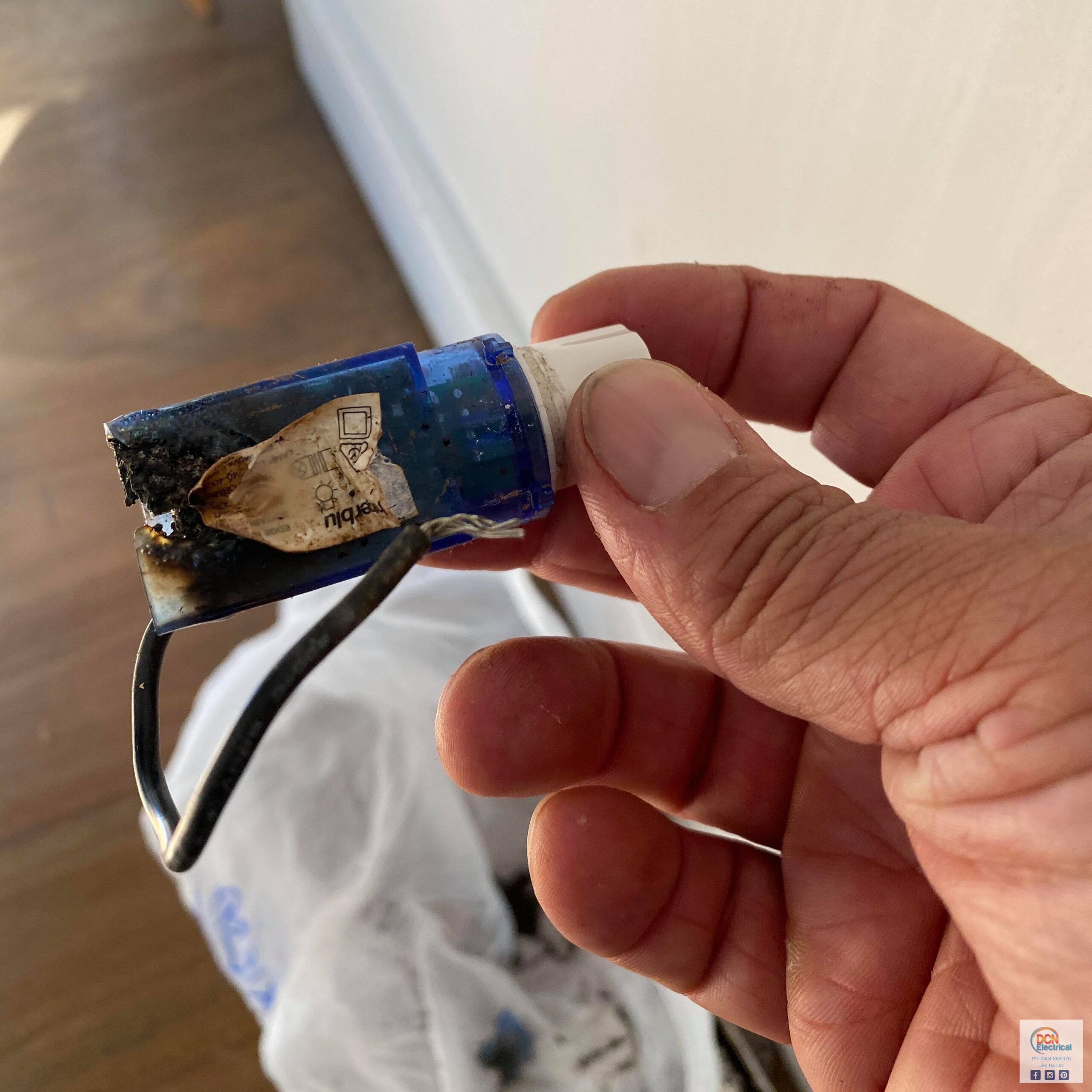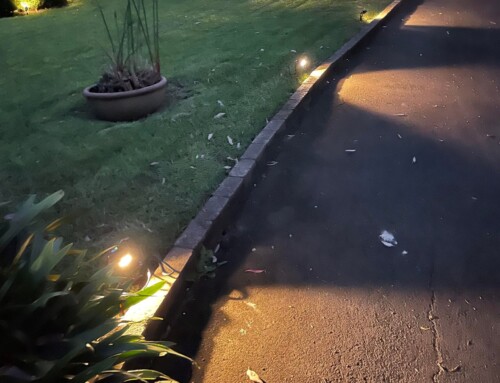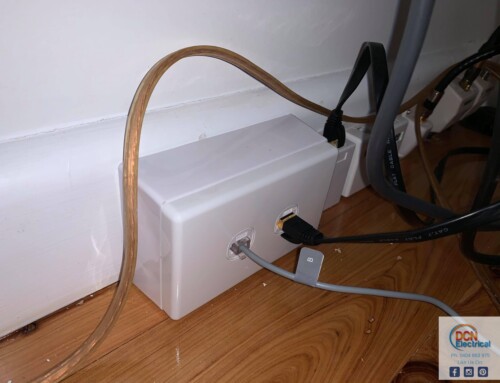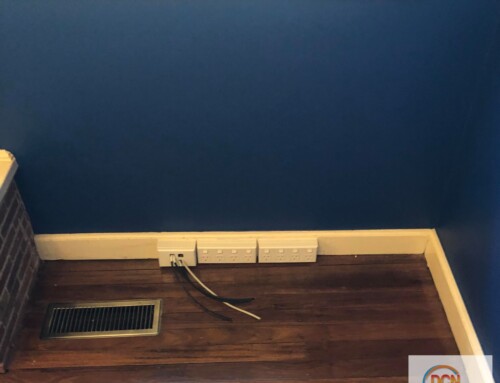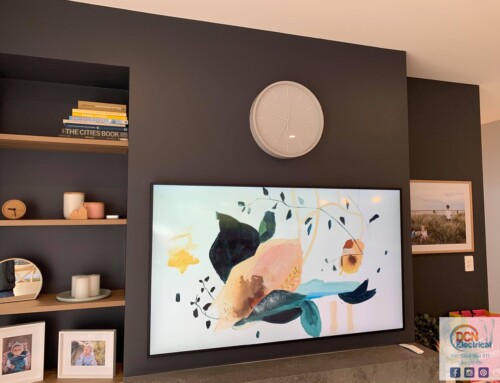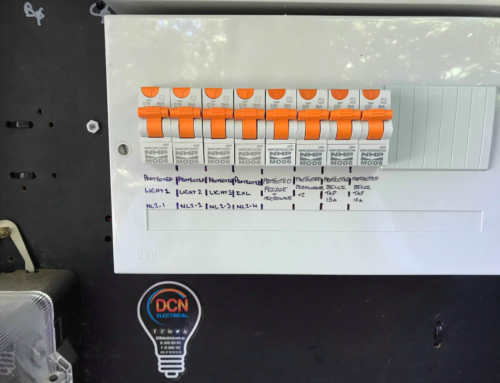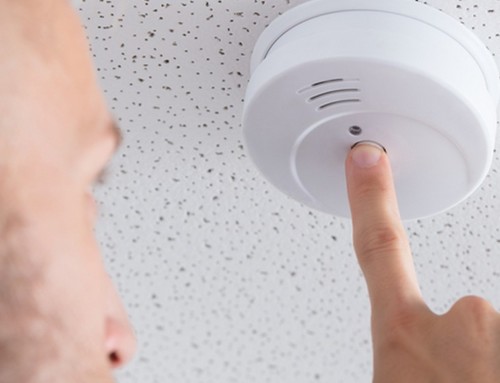You’re in the kitchen cooking dinner when suddenly the lights go out. You flip the light switch up and down, but nothing happens. You try the other switches, but they don’t work either. You’re not alone. One in 20 homes has a faulty light switch that trips or shorts out, which is why it’s important to know what to do when this happens.
What is a short circuit and how does it affect you?
When it comes to your home’s electrical system, you want to make sure that everything is in good working order. One of the most important parts of your electrical system is the switch. If you notice that your switch is not working properly, it could be the cause of the short-circuiting switch. If you notice that any of your switches are not working properly, it could be due to a few different things. You could be experiencing a switch burnout or a switch failure. You are going to want to make sure that you to make repairs right away as this could be a major safety hazard if you don’t have your system checked out by a professional.
A switch that is tripping, short-circuiting, or worse giving zaps to someone is a serious issue. It could cause a fire or serious electrical shock. If you have any electrical switch that is not in working condition, it needs to be replaced.
Why does a light switch trip or short?
Other than a physical flaw in the switch there are three common causes why a light switch might short and they all relate to that old truth that electricity & water don’t mix.
Salt: Homes that are bayside and near the ocean will often suffer from salt. Add to this the higher humidity we experience in Sydney and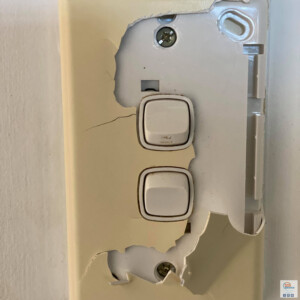 you might find that your light switches will short-circuit, zap, or may spark. This can also occur if you have an outdoor power point that wasn’t properly installed or of the right type.
you might find that your light switches will short-circuit, zap, or may spark. This can also occur if you have an outdoor power point that wasn’t properly installed or of the right type.
Wet hands: Does your bathroom, laundry, or light switch near the kitchen sink tend to short-circuit? Does it do it when you’ve used hand sanitiser after washing your hands? Many people rely on how safe a switch looks from the outside, not thinking that moisture can build up in a switch, high use switches can wear faster or be mistreated, and that humid rooms influence short-circuiting. Carefully drying your hands before using any electrical item, including light switches can save you from a nasty shock.
Mould build-up: With the ongoing rain and storms Sydney homes have suffered over the past year, it’s expected that all this dampness will result in mould. Not only the mould, but the dampness it requires can cause a light switch to short-circuit. Then when people clean homes to remove mould, they often use more liquids. Any of which can cause shorting, tripping, or sparking.
What are the warning signs that a light switch will trip or short circuit?
When a switch is about to short, it’s often difficult to detect. The warning signs that a switch is likely to short are:
-the switch will not turn on
-the switch will make a buzzing sound when you turn it on
-the switch will only turn on for a few seconds before shutting off
-the switch will only turn on if you hold it in a certain position.
How to prevent a light switch from short-circuiting.
Firstly, water and electricity don’t mix. Make sure your hands are dry before using a light switch. If you need to clean a light switch use a dry cloth or spray an alcohol-based cleaner (they evaporate faster) onto a cloth to clean the switch, do not spray a light switch with any liquid to clean it. Replace worn, cracked, or malfunctioning light switches.
Most importantly, contact a licensed electrician, like DCN Electrical, to test the safety of your switches and to replace any faulty light or power switches or circuits. You’ll thank us.

